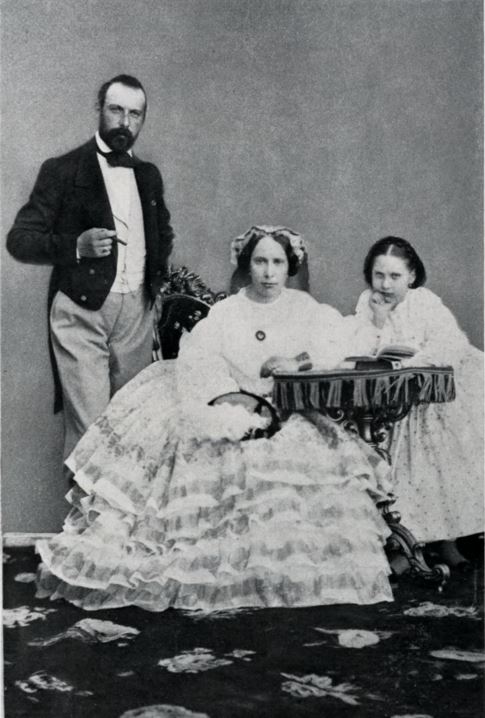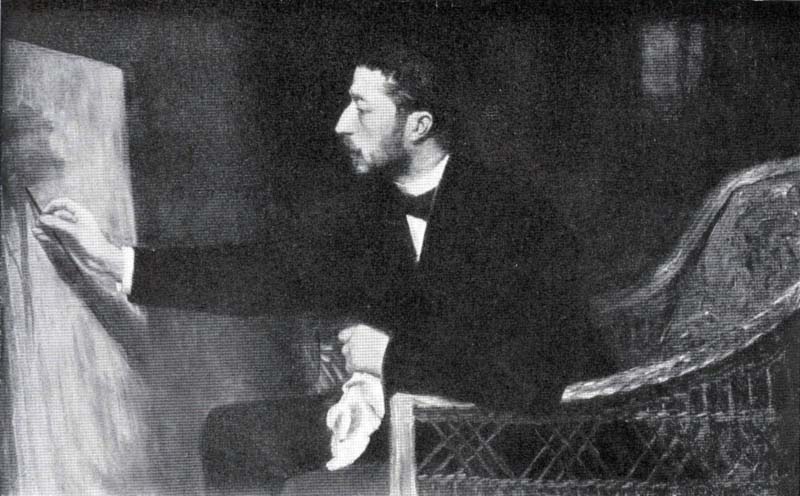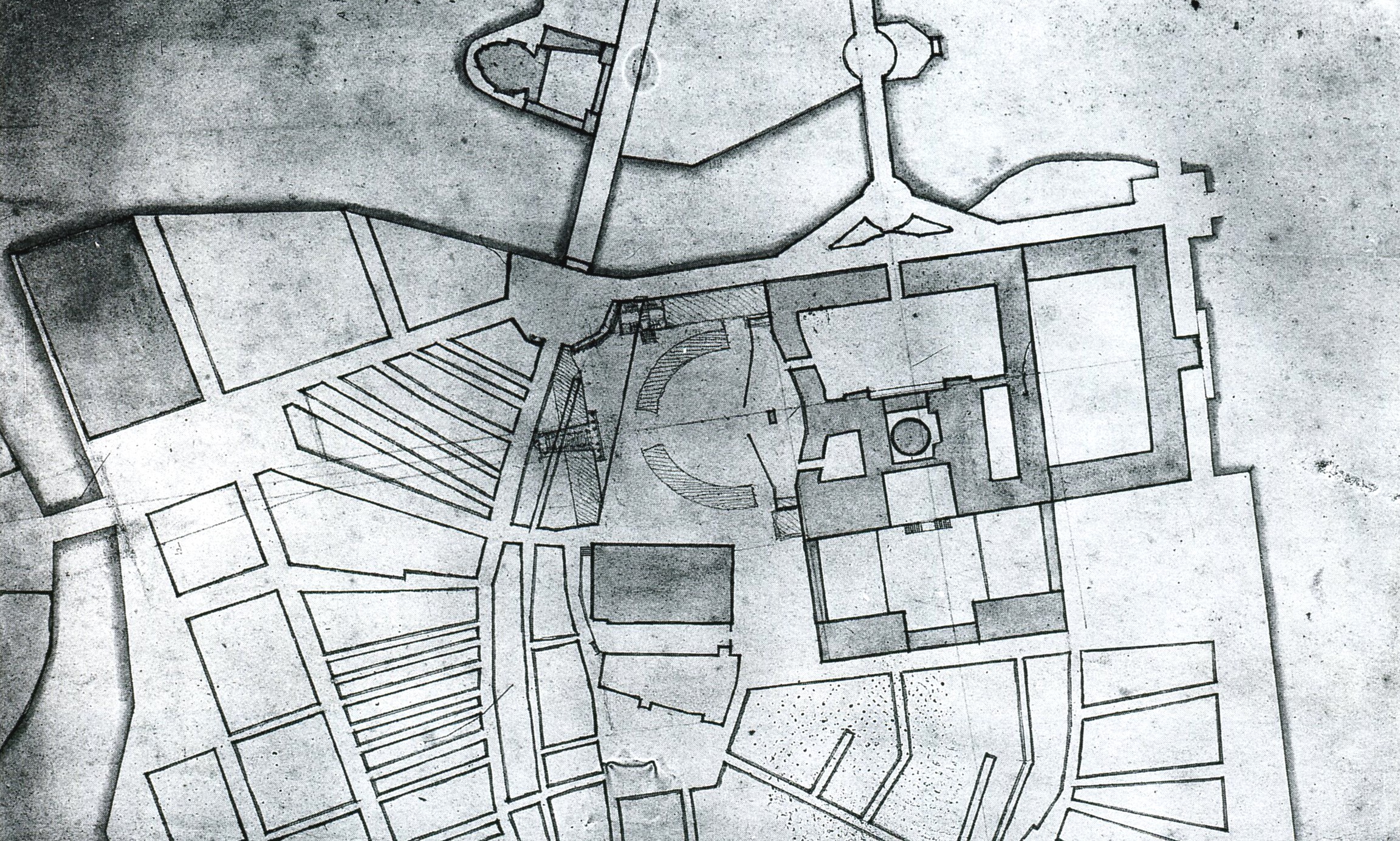|
Prince Oscar, Duke Of Gotland
Prince Oscar Carl August Bernadotte, Count of Wisborg (15 November 1859 – 4 October 1953) was a Swedish religious activist, the second son of King Oscar II of Sweden and his consort, Sofia of Nassau. Born as a Prince of Sweden and Norway, he was known as Prince Oscar, Duke of Gotland. However, by marrying contrary to Swedish constitutional requirements, he lost those titles, becoming instead Luxembourgish nobility as Prince Bernadotte and Count of Wisborg. Career Prince Oscar, before his marriage, served in the Swedish Navy, where he was enlisted for 25 years and attained the rank of Vice Admiral. In his youth, he visited the United States several times, beginning in 1876, and sailed around the world from 1883 to 1885 on the ''Vanadis''. Bernadotte was very active in social organizations, especially religious ones, such as the YMCA of Sweden and ''Friends of Mission to the Laps'', both of which he chaired for many years. As the only member of Swedish royalty known to be ' ... [...More Info...] [...Related Items...] OR: [Wikipedia] [Google] [Baidu] |
Prince Bernadotte
Prince Bernadotte is a title that has been used by several members of the House of Bernadotte. It is most commonly known as a title granted to men who were formerly titled as princes of Sweden before losing their royal titles when they married unequally and against the Swedish constitution (''enskild mans dotter'' [approximately "daughter of a common man"]). It was created in 1892 as a non-hereditary title in the nobility of Luxembourg and conferred upon Prince Oscar Bernadotte, Oscar Bernadotte by Adolphe, Grand Duke of Luxembourg. A title with the same name was subsequently created in 1937 as a non-hereditary title in the nobility of Belgium and conferred upon Prince Carl Bernadotte, Carl Bernadotte by King Leopold III of Belgium. The wives of these princes of Luxembourgish and Belgian nobility were then granted the title of ''Princess Bernadotte''. The title was also used in the early 19th century with reference to Charles XIV John of Sweden, Jean Baptiste Jules Bernadotte, the sub ... [...More Info...] [...Related Items...] OR: [Wikipedia] [Google] [Baidu] |
Keswick Convention
The Keswick Convention is an annual gathering of Conservative evangelicalism in the United Kingdom, conservative evangelical Christians in Keswick, Cumbria, Keswick, in the English county of Cumbria. The Christian theological tradition of Higher Life movement, Keswickianism, also known as the Higher Life movement, became popularised through the Keswick Conventions, the first of which was a tent revival in 1875 at St John's Church in Keswick. History The Keswick Convention began in 1875 as a focal point for the Higher Life movement in the United Kingdom. It was founded by an Anglican, Canon T. D. Harford-Battersby, and a Quaker, Robert Wilson. They held the first Keswick Convention in a tent on the lawn of St John's vicarage, Keswick, beginning with a prayer meeting on the evening of Monday, 28 June. During the conference—which continued till Friday morning—over 400 people attended uniting under the banner of "All One in Christ Jesus"—which is still the convention's wat ... [...More Info...] [...Related Items...] OR: [Wikipedia] [Google] [Baidu] |
Louise Of Sweden
Louise of Sweden (; 31 October 1851 – 20 March 1926) was List of Danish royal consorts, Queen of Denmark from 1906 until 1912 as the wife of Frederick VIII of Denmark, King Frederick VIII. Born into the House of Bernadotte, Louise was the only surviving child of Charles XV of Sweden, King Charles XV of Sweden and Norway and his consort, Louise of the Netherlands. Although her father made several attempts to have her recognized as his heir presumptive, heir, she was barred from the succession as at the time only males could ascend the throne of Sweden. In 1869, she married the future King Frederick VIII of Denmark, with whom she had eight children. Louise became queen of Denmark in 1906. As queen, she was mainly known for her many charity projects, an interest that she shared with her spouse. She did not care for ceremonial duties and public events, and lived a discreet life dedicated to her children and her interests in art, literature and charity. After a short tenure as queen ... [...More Info...] [...Related Items...] OR: [Wikipedia] [Google] [Baidu] |
Prince Eugen, Duke Of Närke
Prince Eugen of Sweden and Norway, Duke of Närke (Eugen Napoleon Nicolaus; 1 August 1865 – 17 August 1947) was a Swedish painter, art collector, and patron of artists. Background Prince Eugen was born at Drottningholm Palace as the fourth and youngest son of Oscar II of Sweden, Prince Oscar, Duke of Östergötland. His mother was Sophia of Nassau. The newborn prince was granted the title of Duke of Närke. Upon his father's accession to the thrones of Sweden and Norway as King Oscar II, the Duke of Närke became fourth in line to the throne. Showing early artistic promise, he studied in Paris, and went on to become one of Sweden's most prominent landscape painters. Throughout his life Prince Eugen was a supporter of fellow artists, and also involved in many cultural organisations and committees. A homosexual bachelor, he bequeathed his villa Waldemarsudde at Djurgården in Stockholm, and its collections, to the nation. It is now one of Sweden's most popular museums. ... [...More Info...] [...Related Items...] OR: [Wikipedia] [Google] [Baidu] |
Prince Carl, Duke Of Västergötland
Prince Carl of Sweden and Norway, Duke of Västergötland (27 February 1861 – 24 October 1951) was a Swedish prince. Through his daughters Märtha and Astrid, for whom he arranged dynastic marriages, he is an ancestor of current members of the Grand Ducal Family of Luxembourg, Belgian royal family and Norwegian royal family. Early life Prince Carl was born on at his parents' residence in the Arvfurstens palats (''Palace of the Hereditary Prince''), an 18th century palace located at Gustav Adolfs Torg in central Stockholm. Born into the House of Bernadotte, he was the third son and child of the then Prince Oscar and Princess Sophia. His father was the younger brother and heir presumptive of the reigning king of Sweden-Norway, the sonless King Charles XV, and his mother was the youngest daughter of Wilhelm, Duke of Nassau. Upon the death of Charles XV on 18 September 1872, Carl's father ascended the Swedish and Norwegian thrones as King Oscar II. Carl was known as ... [...More Info...] [...Related Items...] OR: [Wikipedia] [Google] [Baidu] |
England
England is a Countries of the United Kingdom, country that is part of the United Kingdom. It is located on the island of Great Britain, of which it covers about 62%, and List of islands of England, more than 100 smaller adjacent islands. It shares Anglo-Scottish border, a land border with Scotland to the north and England–Wales border, another land border with Wales to the west, and is otherwise surrounded by the North Sea to the east, the English Channel to the south, the Celtic Sea to the south-west, and the Irish Sea to the west. Continental Europe lies to the south-east, and Ireland to the west. At the 2021 United Kingdom census, 2021 census, the population was 56,490,048. London is both List of urban areas in the United Kingdom, the largest city and the Capital city, capital. The area now called England was first inhabited by modern humans during the Upper Paleolithic. It takes its name from the Angles (tribe), Angles, a Germanic peoples, Germanic tribe who settled du ... [...More Info...] [...Related Items...] OR: [Wikipedia] [Google] [Baidu] |
St Stephen's Church, Bournemouth
St Stephen's Church is a Church of England parish church in Bournemouth, Dorset (formerly in Hampshire), England. The liturgical life of the church is rooted in the Anglo-Catholic tradition, and the building features a noted lady chapel. The church is close to Bournemouth town centre and Meyrick Park. History The church was designed by the architect John Loughborough Pearson as a memorial to Alexander Morden Bennett, first vicar of St Peter's Church, Bournemouth. It is constructed with Purbeck stone and Bath stone. Its nave was built from 1881 to 1883 and the chancel from 1896 to 1897. The tower was built from 1907 to 1908. It is a Grade I listed building. It was in here, on 15 March 1888, that the wedding between Oscar Bernadotte of Sweden, son of King Oscar II, and Ebba Munck af Fulkila, took place. Vicars *1881–1911 Alexander Sykes Bennett *1911–28 George Philip Trevelyan *1928–44 Philip Harold Rogers *1944–52 Geoffrey Heald *1952–58 Francis John Michael Dean ... [...More Info...] [...Related Items...] OR: [Wikipedia] [Google] [Baidu] |
Royal Palace Of Stockholm
Stockholm Palace, or the Royal Palace, ( or ) is the official residence and major royal palace of the Swedish monarch (King Carl XVI Gustaf and Queen Silvia use Drottningholm Palace as their usual residence). Stockholm Palace is in Stadsholmen, in Gamla stan in the capital, Stockholm. It neighbours the Riksdag building. The offices of the King, the other members of the Swedish royal family, and the Royal Court of Sweden are here. The palace is used for representative purposes by the King whilst performing his duties as the head of state. This royal residence has been in the same location by Norrström in the northern part of Gamla stan in Stockholm since the middle of the 13th century when Tre Kronor Castle was built. In modern times the name relates to the building called ''Kungliga Slottet''. The palace was designed by Nicodemus Tessin the Younger and erected on the same place as the medieval Tre Kronor Castle which was destroyed in a fire on 7 May 1697. Due to the costly Gre ... [...More Info...] [...Related Items...] OR: [Wikipedia] [Google] [Baidu] |
Ball (dance Party)
A ball is a formal dance event often characterised by a banquet followed by a social dance. Ball dancing emerged from formal dances during the Middle Ages and carried on through different iterations throughout succeeding centuries, such as the 17th century Baroque dance and the 18th century cotillion. Several variations exists such as the masquerade and debutante ball as well as the more modern prom. Etymology The word ''ball'' derives from the Latin word , meaning 'to dance', and ''bal'' was used to describe a formal dancing party in French in the 12th century. The '' ballo'' was an Italian Renaissance word for a type of elaborate court dance, and developed into one for the event at which it was performed. The word also covered performed pieces like '' Il ballo delle ingrate'' by Claudio Monteverdi (1608). French developed the verb , and the noun ''bal'' for the event—from where it swapped into languages like English or German—and , the Spanish and Portuguese verbs fo ... [...More Info...] [...Related Items...] OR: [Wikipedia] [Google] [Baidu] |
Amsterdam
Amsterdam ( , ; ; ) is the capital of the Netherlands, capital and Municipalities of the Netherlands, largest city of the Kingdom of the Netherlands. It has a population of 933,680 in June 2024 within the city proper, 1,457,018 in the City Region of Amsterdam, urban area and 2,480,394 in the Amsterdam metropolitan area, metropolitan area. Located in the Provinces of the Netherlands, Dutch province of North Holland, Amsterdam is colloquially referred to as the "Venice of the North", for its canals of Amsterdam, large number of canals, now a World Heritage Site, UNESCO World Heritage Site. Amsterdam was founded at the mouth of the Amstel River, which was dammed to control flooding. Originally a small fishing village in the 12th century, Amsterdam became a major world port during the Dutch Golden Age of the 17th century, when the Netherlands was an economic powerhouse. Amsterdam was the leading centre for finance and trade, as well as a hub of secular art production. In the 19th ... [...More Info...] [...Related Items...] OR: [Wikipedia] [Google] [Baidu] |
Victoria Of Baden
Victoria of Baden (; 7 August 1862 – 4 April 1930) was Queen of Sweden from 8 December 1907 until her death in 1930 as the wife of King Gustaf V. She was politically active in a conservative fashion during the development of democracy and known to be pro-German during the First World War. Early life Princess Victoria was born on 7 August 1862 at Karlsruhe Palace, Baden. Her parents were Grand Duke Frederick I of Baden, and Princess Louise of Prussia. Victoria was named after her aunt by marriage, Crown Princess Victoria of Prussia, daughter of Queen Victoria of the United Kingdom. Victoria was tutored privately in the Karlsruhe Palace, by governesses and private teachers, in an informal "Palace School" with carefully selected girls from the aristocracy. She was given a conventional education for her gender and class with focus on art, music and languages, and could play the piano, paint and speak French and English. Victoria was given a strict and Spartan upbringing with a ... [...More Info...] [...Related Items...] OR: [Wikipedia] [Google] [Baidu] |
Nobility
Nobility is a social class found in many societies that have an aristocracy. It is normally appointed by and ranked immediately below royalty. Nobility has often been an estate of the realm with many exclusive functions and characteristics. The characteristics associated with nobility may constitute substantial advantages over or relative to non-nobles or simply formal functions (e.g., precedence), and vary by country and by era. Membership in the nobility, including rights and responsibilities, is typically hereditary and patrilineal. Membership in the nobility has historically been granted by a monarch or government, and acquisition of sufficient power, wealth, ownerships, or royal favour has occasionally enabled commoners to ascend into the nobility. There are often a variety of ranks within the noble class. Legal recognition of nobility has been much more common in monarchies, but nobility also existed in such regimes as the Dutch Republic (1581–1795), the Republic ... [...More Info...] [...Related Items...] OR: [Wikipedia] [Google] [Baidu] |







